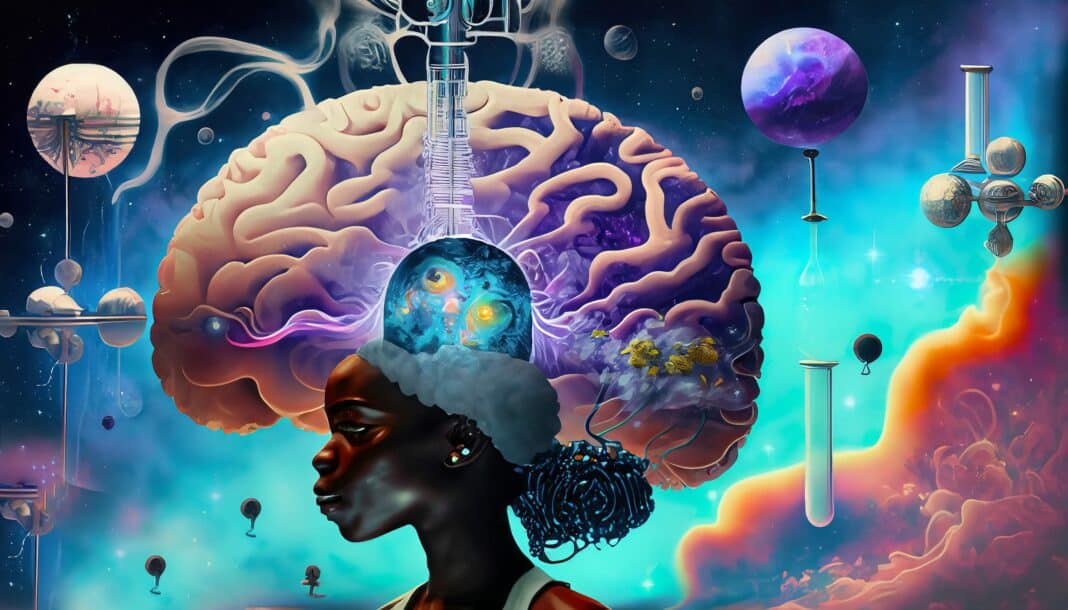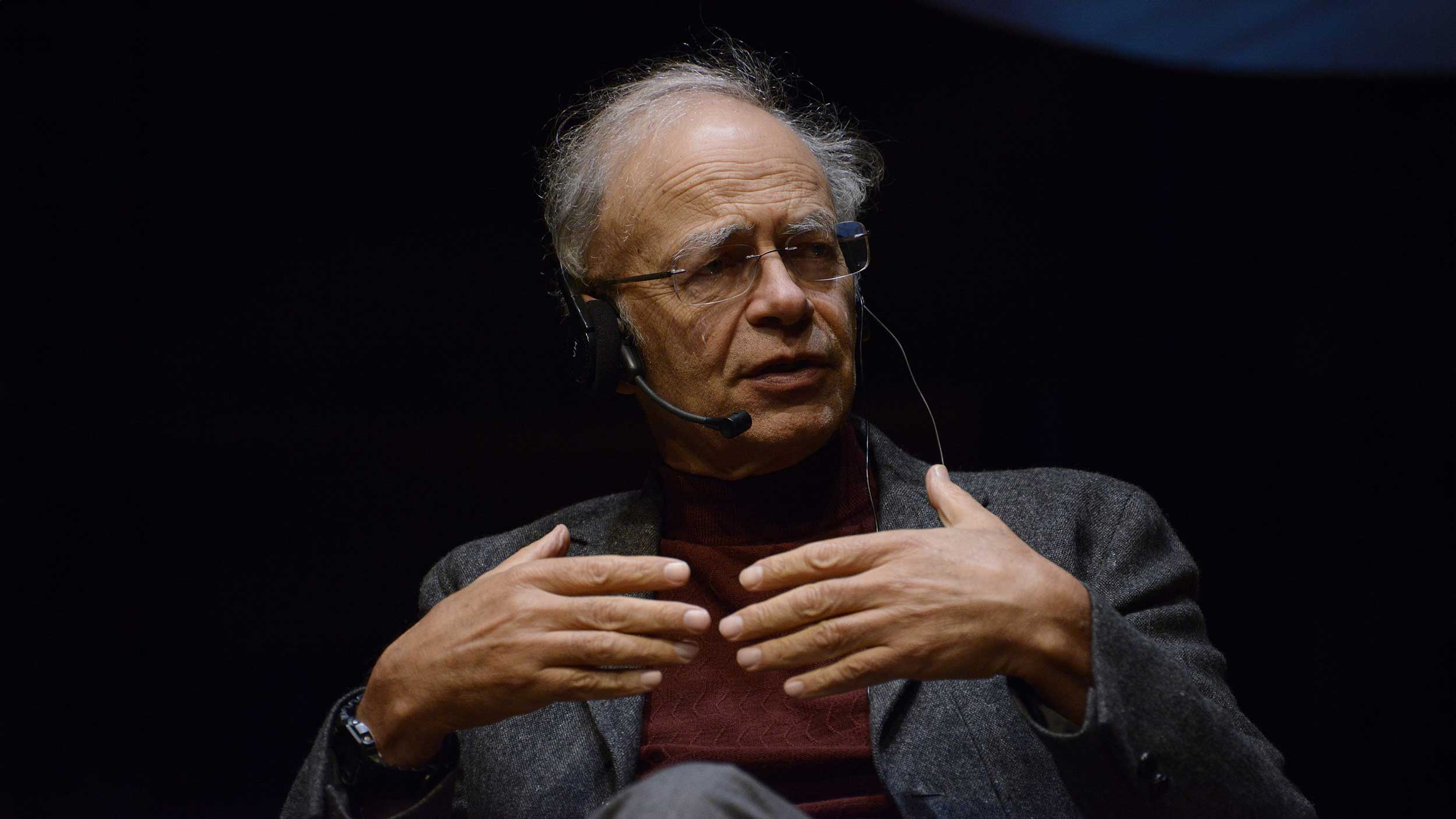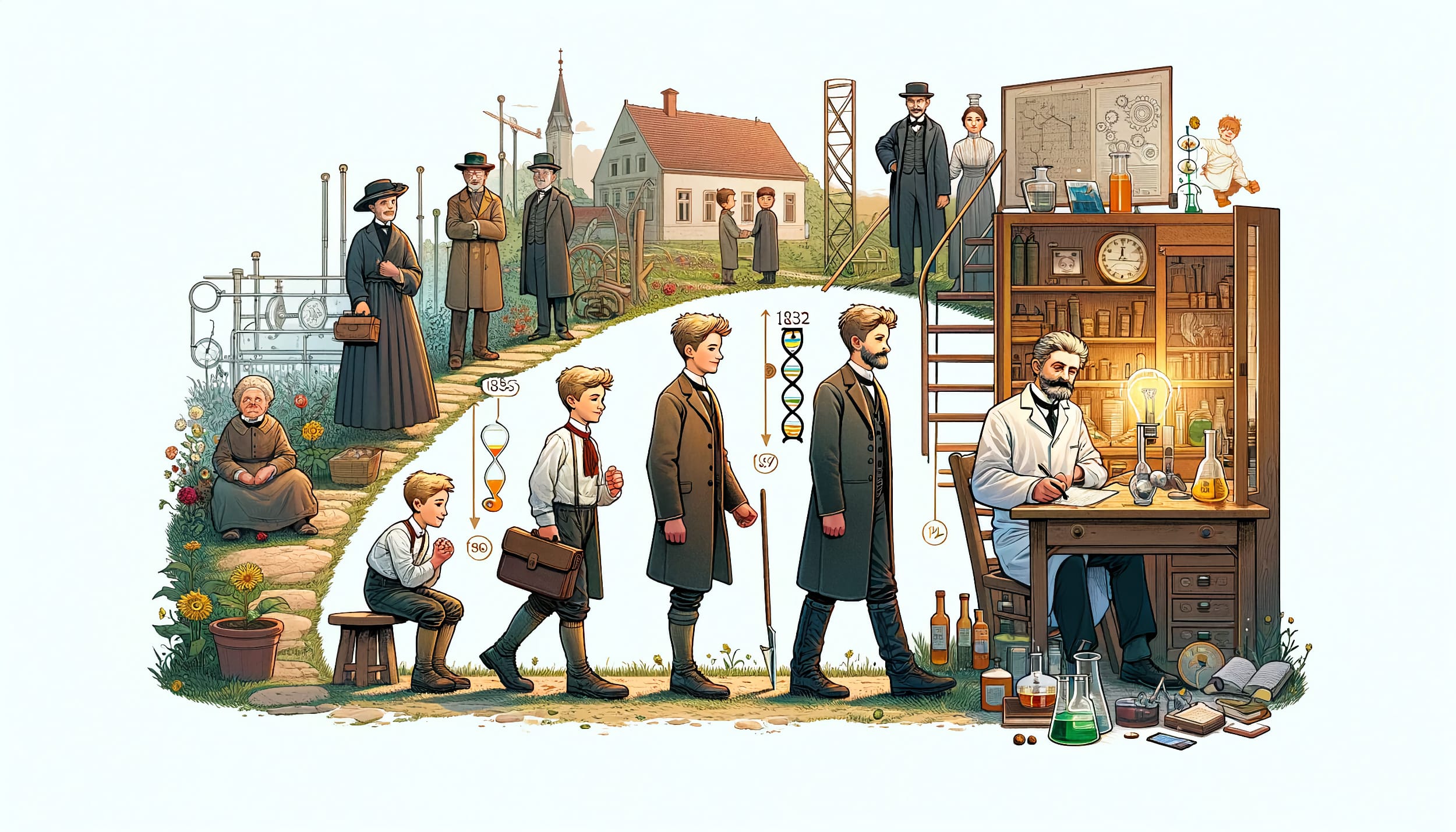The COVID-19 pandemic has shown how vital science communication is for successful response to a public health crisis. During the rapid spread of the virus, the public was bombarded with conflicting information from various sources, leading to confusion and mistrust in science. This situation has highlighted the need for effective and transparent science communication to build trust in science and prevent the spread of fake news, misinformation, and disinformation (Matta 2020). However, despite the growing recognition of the importance of science communication, there is no simple, comprehensive, and universally accepted definition of the term, other than the most general one that science communication refers to the transfer of scientific knowledge to audiences outside the scientific community. The notion is usually defined in very general terms, without a clear distinction from related terms, which is not necessarily perceived as a problem: “science communication is not just one thing — and that’s okay” (Lewenstein 2022).
Several efforts have been made to develop a more precise definition of science communication. According to one attempt: “science communication (SciCom) is defined as the use of appropriate skills, media, activities, and dialogue to produce one or more of the following personal responses to science (the AEIOU vowel analogy): Awareness, Enjoyment, Interest, Opinion-forming, and Understanding” (Burns, O’Connor, and Stocklmayer 2003). Another example defines science communication: “as organized, explicit, and intended actions that aim to communicate scientific knowledge, methodology, processes, or practices in settings where non-scientists are a recognized part of the audiences” (Horst, Davies, and Irwin 2017, 882).
Existing definitions of science communication often suffer from an overarching generality. They operate under the presumption that scientific knowledge is self-evident and merely requires transmission from the scientific realm to the general public. This perspective, however, oversimplifies the process of identifying the prevailing scientific consensus in a particular scientific field. Furthermore, these broad definitions inadvertently encompass instances where the main objective is not to disseminate scientific consensus, but rather to shape public opinion about scientific institutions or individual researchers. This is why it is important to distinguish between science communication as the trustworthy dissemination of reliable scientific knowledge and the publication of press releases as a form of promotion.
It’s equally important to distinguish between scientists presenting personal opinions and those relaying information rooted in a recognized scientific consensus. Such demarcations became crucial during the COVID-19 pandemic, as there were scientists who spread disinformation and misinformation about the virus and vaccination (Rubin 2022). These kinds of distinctions are vital for building public trust in science, but unfortunately they cannot be based on overly general definitions of science communication. For effective science communication, a more delineated and precise definition is required.
Science communication is a two-step process
Science communication is usually understood as the activity of disseminating scientific knowledge to people outside the scientific community in which the scientific knowledge is created. However, this definition does not cover all the essential elements of a reliable practice of science communication.
We therefore propose stricter criteria, according to which science communication consists of two key elements: (1) identifying the current level of consensus and uncertainty about scientific knowledge in the scientific community on a given topic, and (2) communicating scientific knowledge in a way that enables understanding, trust and engagement with the target audience. This proposal is based on many years of practical engagement in the field of science communication and a long-standing reflection on the functioning and societal role of science.
The first phase of scientific communication involves the preparation of the scientific knowledge to be communicated. It includes determining the current state of science and assessing the level of uncertainty surrounding scientific consensus on a particular topic. This requires a thorough review of the relevant scientific literature, consultation with experts, and consideration of conflicting viewpoints.
The second phase of science communication is the selection of the most appropriate way to convey information to the target audience in a format that generates interest, trust and understanding. It involves identifying target audience’s educational background, level of scientific literacy, and cultural context. Effective science communication involves using clear, jargon-free language, and other tools to make scientific information accessible and engaging for a chosen public.
In summary, science communication can be viewed as a two-step process that requires careful preparation of scientific content and an effective selection of communication strategies to ensure that the information is conveyed accurately and effectively to a specific audience. To successfully communicate scientific information, a science communicator needs to be skilled in both the evaluation of scientific knowledge and communication skills. The science communicator is not only responsible for the way in which information is communicated, but must also be the guarantor of the credibility of the information he or she communicates. Not every scientist is also a successful science communicator.
Science communication, science journalism and science public relations
The key difference between the role of a science journalist, a science communicator and a public relations officer in a scientific institution is that the latter is primarily concerned with promoting a particular perspective or agenda. One of the main tasks of PR officer is to manage the reputation of individual scientists or scientific organizations and to promote a positive public image for their clients or employers. This can create potential conflicts of interest, particularly in cases where the client or employer has financial or political reasons for promoting a particular scientific finding or development. The difference is particularly noticeable when a PR officer promotes a scientist or a scientific idea because it comes from the scientific institution for which he or she works, even if there are problems with the findings that the scientist presents.
Although the approaches of a science communicator and a science journalist are more similar to each other than to a PR person, there are some key differences. This distinction is not clearly elaborated in the available literature, so we try to define it more precisely. A science communicator is primarily focused on explaining scientific concepts and findings in a way that is understandable and engaging to a broad audience, often with the goal of increasing public interest and understanding of science. A science journalist, on the other hand, is a type of journalist who specializes in reporting on scientific topics. Their goal is often to inform the public about new scientific findings, debates, and implications, and to hold scientists and institutions accountable by questioning their claims and methods. While there is some overlap in the skills and knowledge required for science communication and science journalism, they are distinct roles with different primary objectives and methods. It’s also worth noting that individuals may perform both roles at different times or even simultaneously, depending on their job and the situation.
In general, this distinction is not yet well defined, so we propose to introduce the following conceptual differentiation. Both science journalists and science communicators strive to provide the public with credible information on the developments in science, but their primary reference sources are different. In science journalism, reporting is based on the testimony of scientists, while science communication relies directly on scientific knowledge. Science journalists need to rely on the testimony of scientists to communicate complex scientific knowledge in a way that audiences can understand. This includes gathering information and insights directly from the scientists themselves through interviews, press releases or other forms of communication, as well as through press releases produced by scientific institutions. In science journalism, the credibility of scientific knowledge depends on the competence of the expert source chosen, whereas in science communication, the responsibility for the accuracy and credibility of the information presented lies with the science communicator. Although a science communicator may also cite sources and quote experts, he or she is ultimately responsible for the fairness and accuracy of the information presented.
Exposing bad and fake science
One of the primary goals of science communication is to ensure that accurate and reliable scientific information is shared with the public. This may involve debunking myths or misconceptions, correcting misinformation or false claims, and exposing bad or fraudulent science when it is discovered. Science communication not only presents established scientific consensus to the general public, but also serves as a mechanism to identify and address instances of fake or pseudo-science that lack sufficient support in scientific community. By communicating scientific ideas in a way that is accessible and understandable to a diverse range of individuals, the potential for the spread of misleading or incorrect information can be reduced.
When scientists themselves are the source of misinformation and disinformation, it can be particularly challenging to address the issue, as they may be seen as authorities in their field and their claims may be given greater weight than those of non-experts (Rubin 2022). Science communicators play an important role in addressing misinformation and disinformation, especially when that originates from scientists. By exposing fraudulent science, science communicators can help to protect the integrity of scientific research and promote public trust in science.
The difference between the approach of a science communicator and that of a science journalist is particularly clear when addressing bad and fake science. In reporting suspected science misconduct, a journalist is mostly dependent on the statements of experts, who are often reluctant to speak publicly on such topics, but a science communicator does not have such problems. Exposing bad and fake science is an important by-product of good science communication.
The importance of reliable scientific knowledge
Until now, most of the focus in science communication has been on maximizing the uptake of information by the target audience, and less on determining what the content of the communication should be in the first place. But now, due to the prevalence of bad and fake science, the strong promotional activity of individual scientific institutions and the easy dissemination of disinformation, selecting the content that is communicated as the position of science is also becoming highly important.
The traditional approach to science communication is known as the deficit model (Bucchi and Trench 2014). It assumes that the public lacks scientific knowledge, and that this deficit is the primary reason for their skepticism or distrust of science. The deficit model suggests that by providing more information, the public will accept the scientific consensus on controversial issues. On the other hand, the model of public engagement takes a more interactive approach to science communication. It emphasizes the importance of dialogue and collaboration between scientists and the public. This model recognizes that science is a social process shaped by societal values and that public engagement can help build trust and improve the quality of scientific research. Scientists and the public work together to identify and address issues of mutual concern, with the goal of building trust and understanding between the two groups. (Davies and Horst 2016, 39)
The deficit model, also known as the “top-down” or “one-way” approach, is based on the assumption that a lack of public support or understanding of science is due to a lack of knowledge. If the public is simply “filled” with the correct information, it is believed that misunderstandings and negative attitudes toward science will be corrected. Emerging as a refreshing counter to the deficit model, public engagement emphasizes the importance of two-way conversations in science communication. Instead of simply viewing science as a monologue, where knowledge flows from the expert to the public, this approach champions dialogue and partnership. Rather than just informing, it involves listening, discussing, and understanding the concerns, perceptions, and beliefs of the public. But both models assume that scientific knowledge is something self-evident and clear that just needs to be made public in the right way.
However, the emphasis on delivering scientific knowledge effectively has overshadowed the importance of identifying the knowledge in the first place. To effectively communicate science, it is crucial to extract the essential information from the vast amount of scientific publications on a topic, summarize it, and present it in a way that is accessible to the public. This is by no means a trivial part of the process of science communication. Reliable scientific knowledge presented to the public by a scientist or science communicator must be based on the best available scientific evidence.
The role of science communicators
During the covid-19 pandemic, a large amount of research was published and knowledge about the virus and the disease was rapidly advancing, making it particularly challenging to properly identify the scientific consensus and its uncertainties at a given moment in time. The pandemic has highlighted the importance of responsible and accurate communication of scientific information to the public. Scientists, health officials, science journalists and science communicators have worked hard to provide accurate and reliable information about the virus, its risks, and the measures that can be taken to protect oneself and others.
Science communication, in its traditional sense, is often perceived as the mere dissemination of scientific insights to an audience outside of its originating scientific community. However, such a simplistic view does not capture the depth and complexity inherent in this discipline. In our analysis, we have presented a more nuanced and detailed definition. This refined perspective highlights two key components:
(1) The ability to discern and accurately represent the prevailing scientific consensus, as well as pinpoint areas of ambiguity or contention within the scientific community regarding a specific subject.
(2) The skill to articulate this knowledge in a manner that not only fosters comprehension, but also builds trust and encourages active engagement among the intended recipients.
It is important for the development of the field of science communication that these insights become part of the very definition of science communication. Science communicator must be able to identify the state of scientific consensus, evaluate the uncertainty of the consensus and present the findings in a way that can be understood by those who have no background in a particular field of knowledge.
The role of a science communicator is to bridge the gap between various scientific communities and the other groups of people, and to make scientific concepts, research, and discoveries accessible and understandable to a wider audience. Science communicator is not only a translator of scientific achievements from professional to lay language, but also a guarantor of the credibility of the message. While a science journalist relies on the statements of experts, a science communicator is personally responsible for his or her own claims.
By adopting this perspective, we can also better understand the subtle yet distinct differences between science communication, science journalism, and scientific public relations. Each serves a unique purpose and requires a different approach. The pandemic has shown that successful science communication often requires specific skills that are not part of the normal training of either scientists or science journalists.
References
- Bucchi, Massimiano, and Brian Trench. 2014. “Science Communication Research: Themes and Challenges.” In Routledge Handbook of Public Communication of Science and Technology, 2nd ed. Routledge.
- Burns, T. W., D. J. O’Connor, and S. M. Stocklmayer. 2003. “Science Communication: A Contemporary Definition.” Public Understanding of Science 12 (2): 183–202. https://doi.org/10.1177/09636625030122004.
- Davies, Sarah R., and Maja Horst. 2016. Science Communication: Culture, Identity and Citizenship. Springer.
- Horst, Maja, Sarah R. Davies, and Alan Irwin. 2017. “Reframing Science Communication.” In The Handbook of Science and Technology Studies, 881–907. MIT Press.
- Lewenstein, Bruce. 2022. “What Is ‘“Science Communication”’?” Journal of Science Communication 21 (7): C02. https://doi.org/10.22323/2.21070302.
- Matta, Gagan. 2020. “Science Communication as a Preventative Tool in the COVID19 Pandemic.” Humanities and Social Sciences Communications 7 (1): 1–14. https://doi.org/10.1057/s41599-020-00645-1.
- Rubin, Rita. 2022. “When Physicians Spread Unscientific Information About COVID-19.” JAMA 327 (10): 904–6. https://doi.org/10.1001/jama.2022.1083.
The paper was presented at the conference “Reinventing science communication? Challenges for the post-truth era”.






